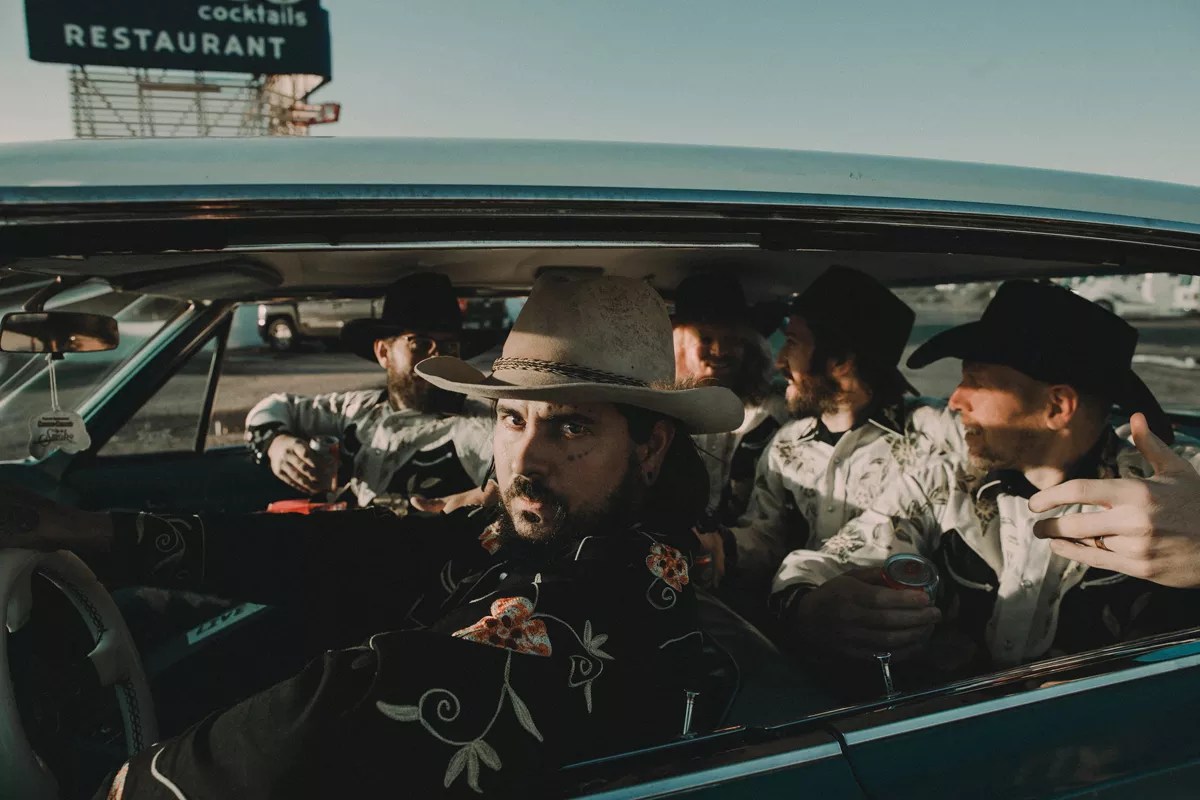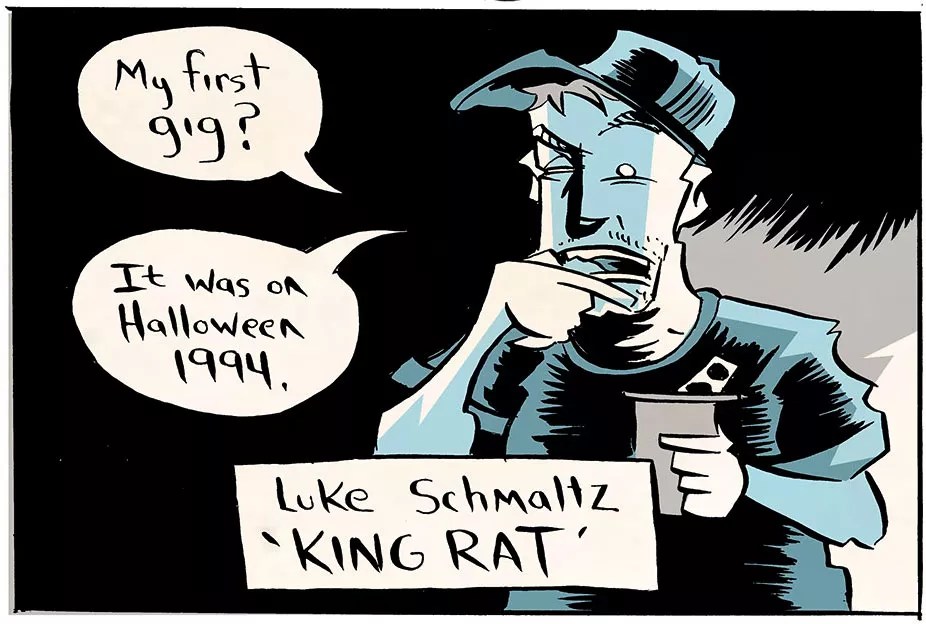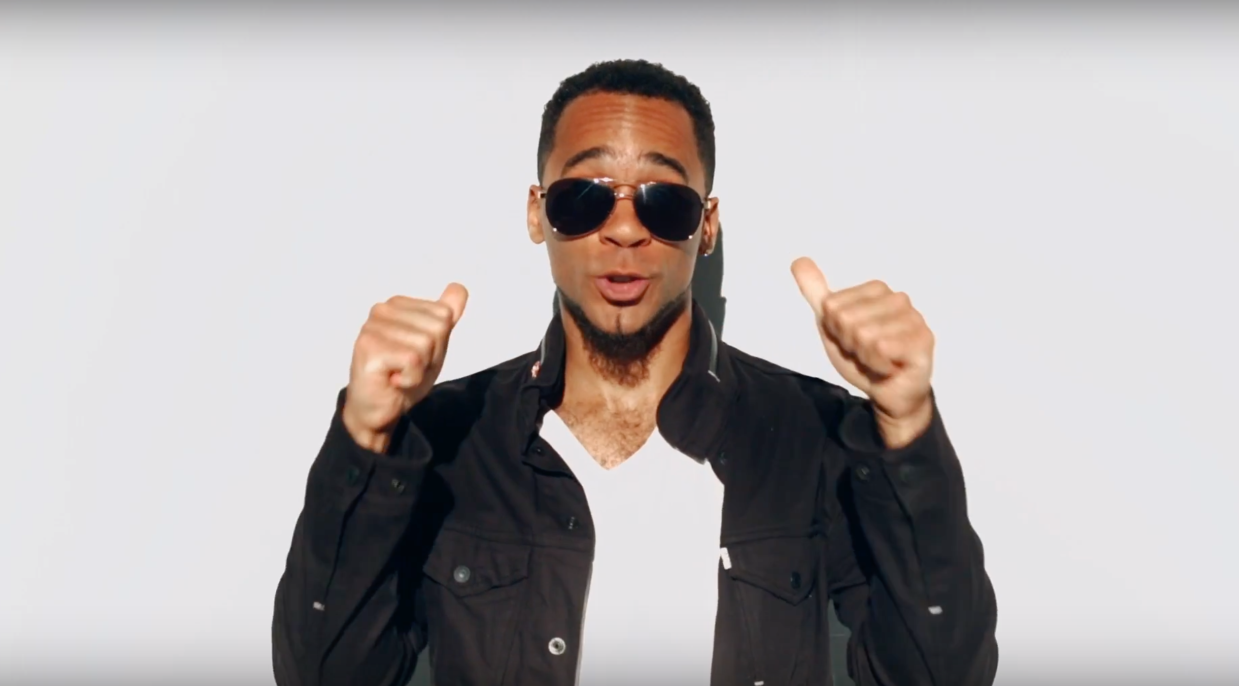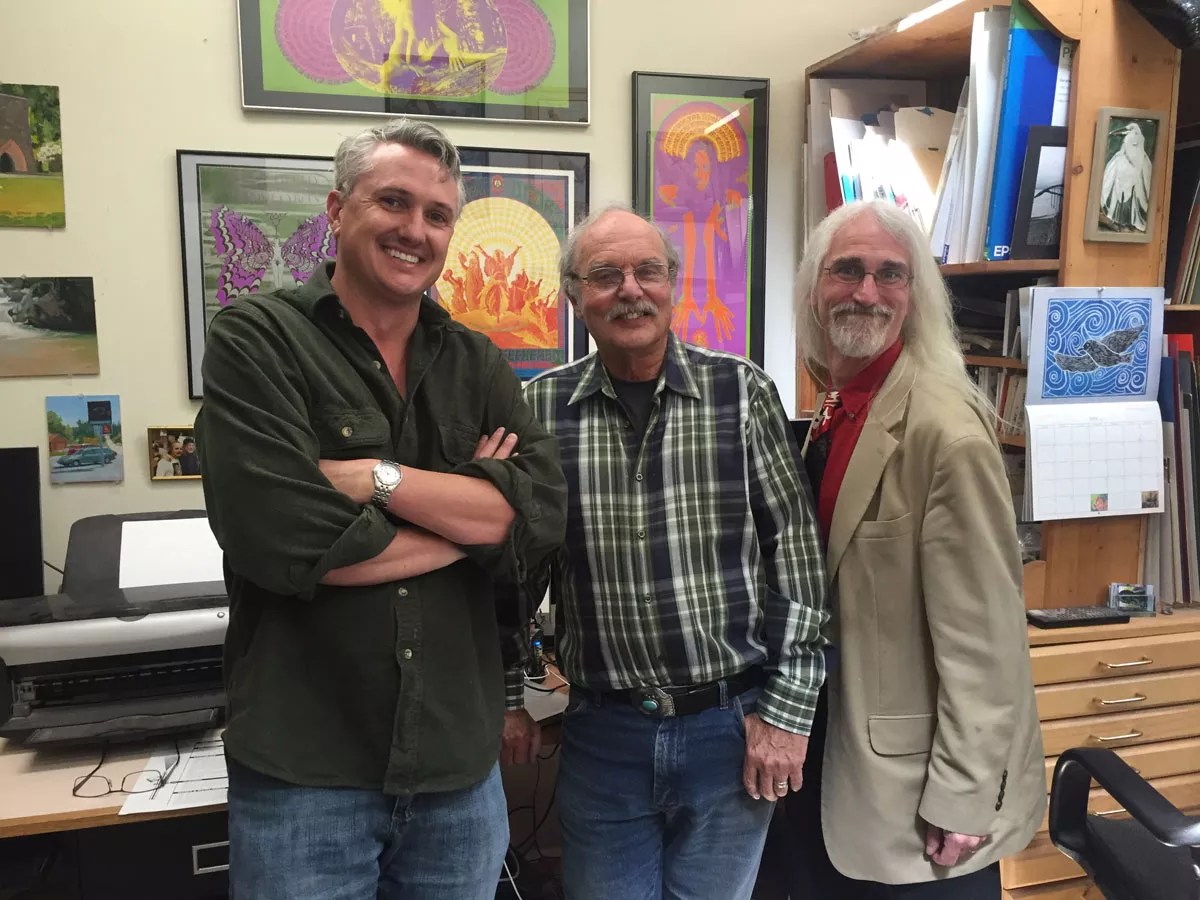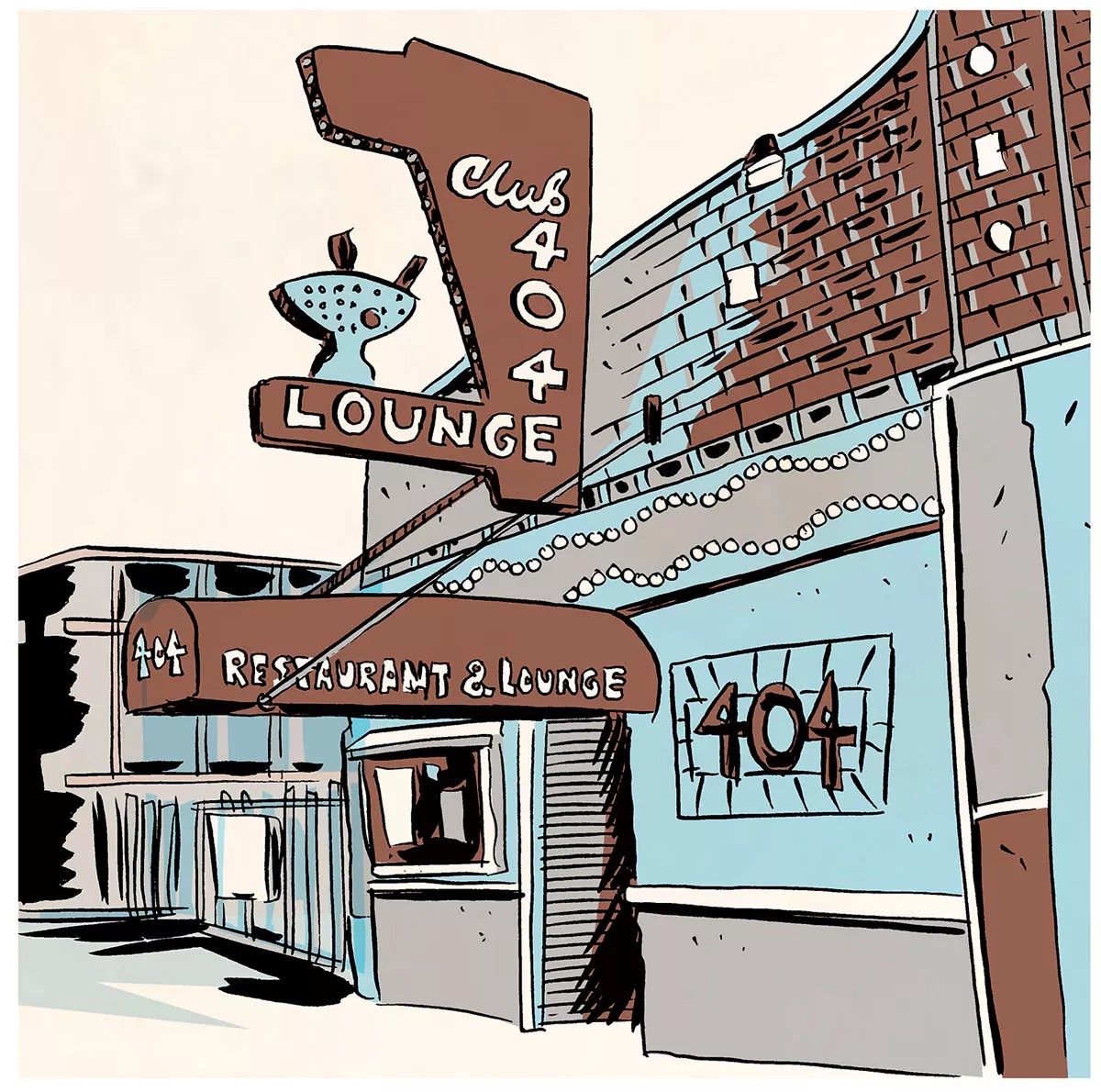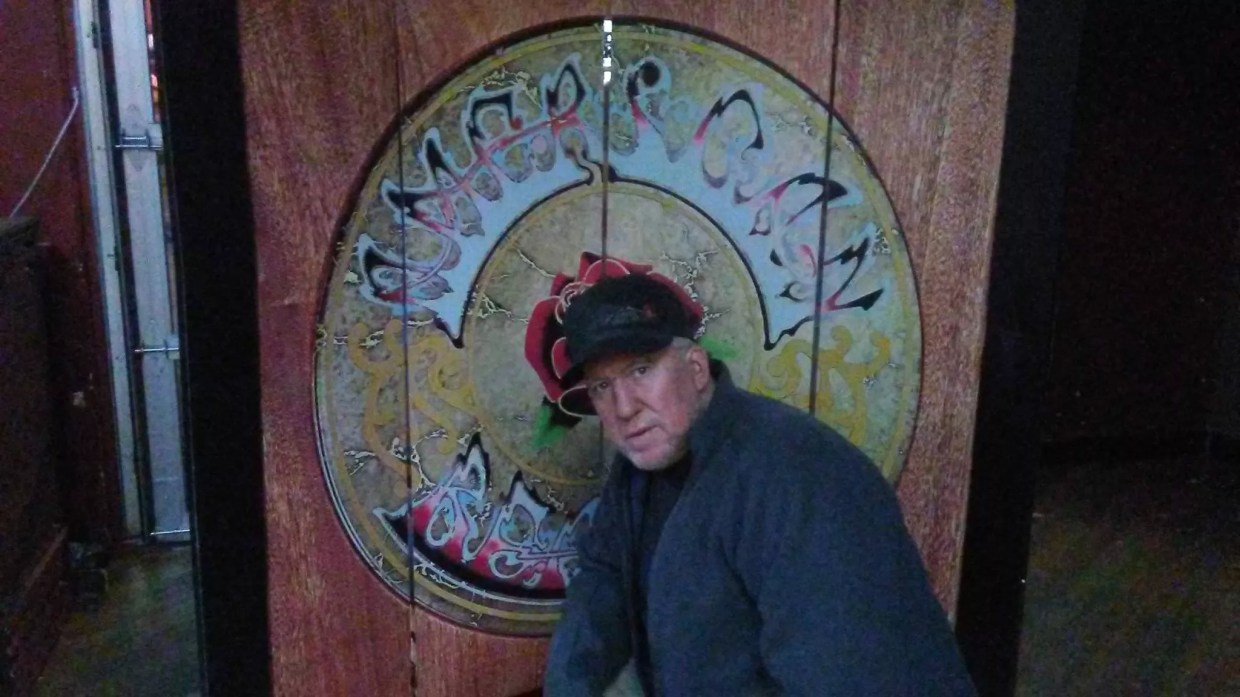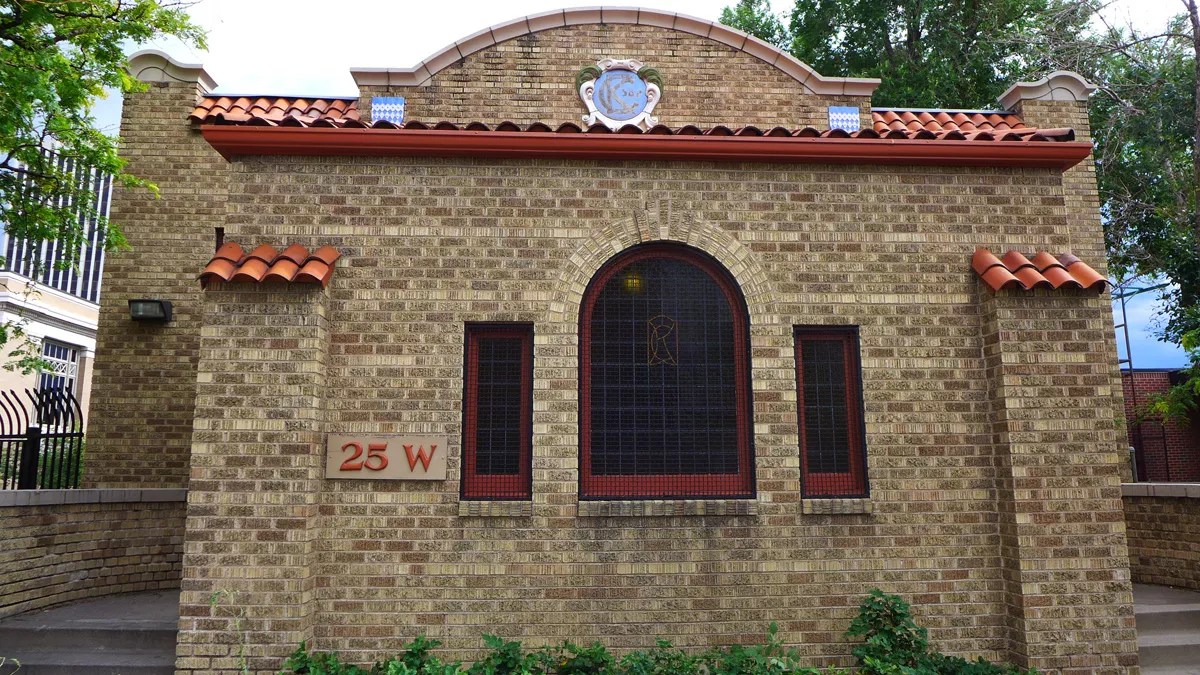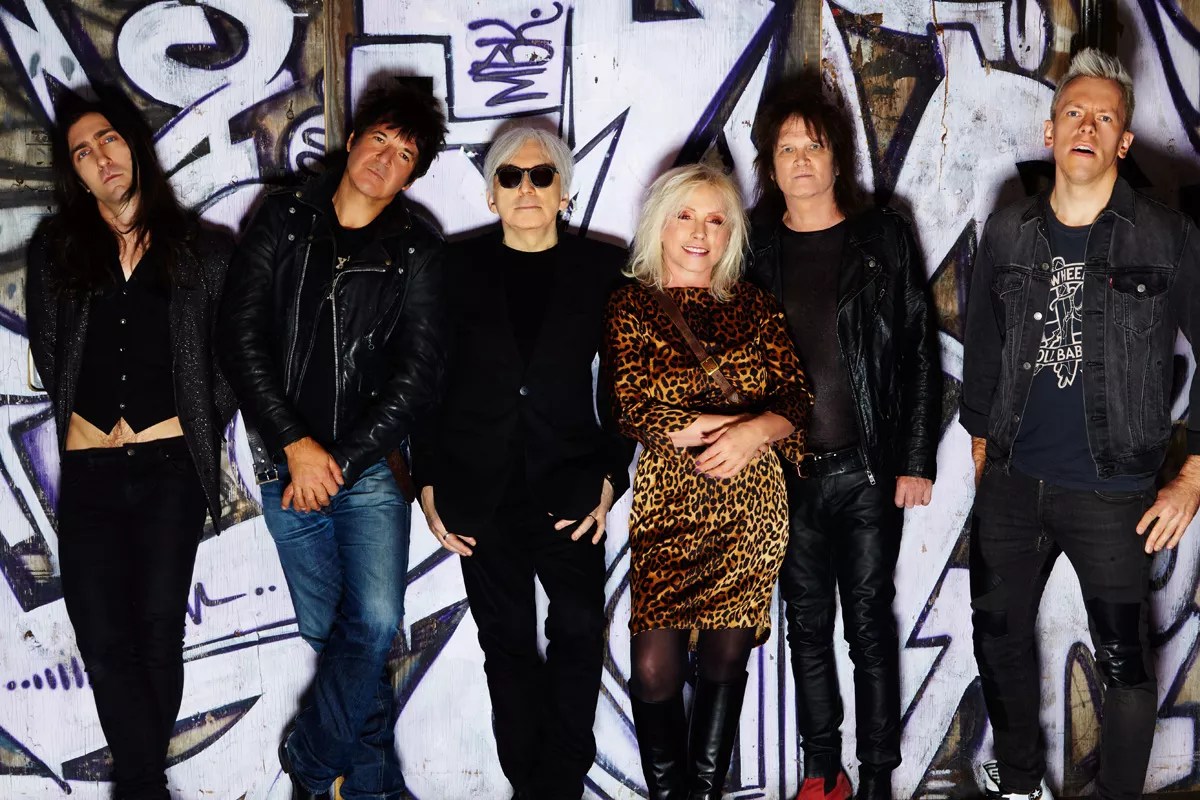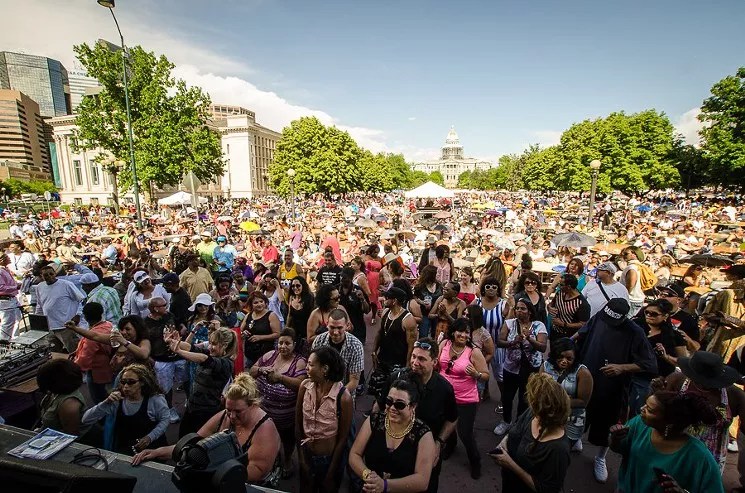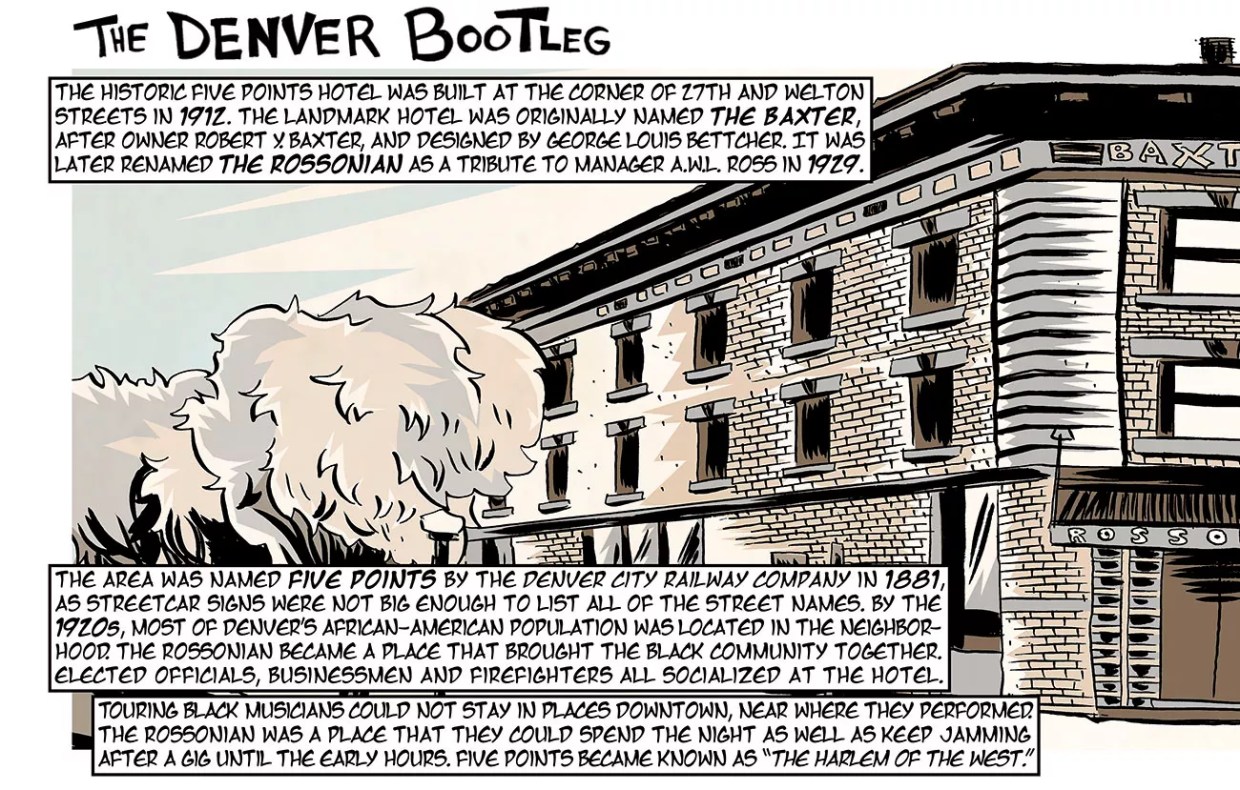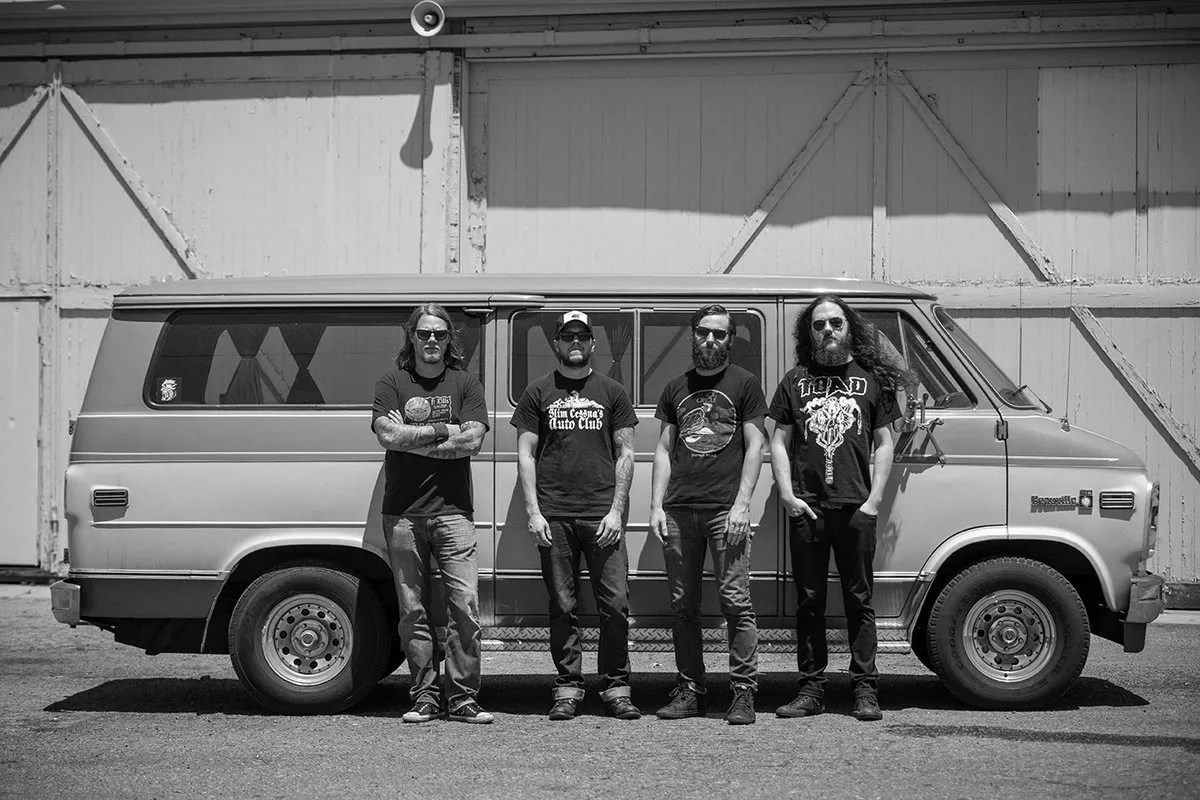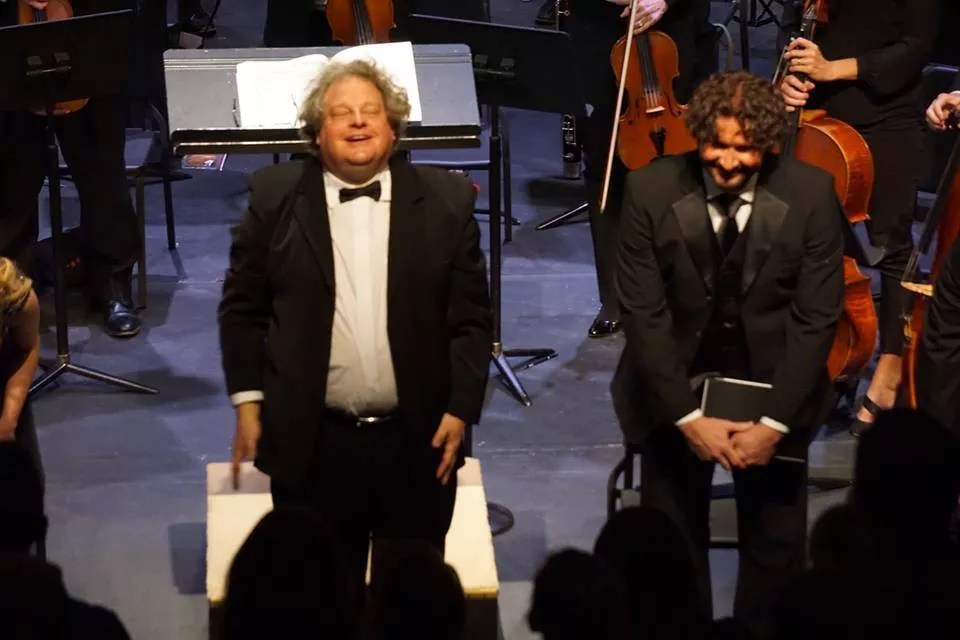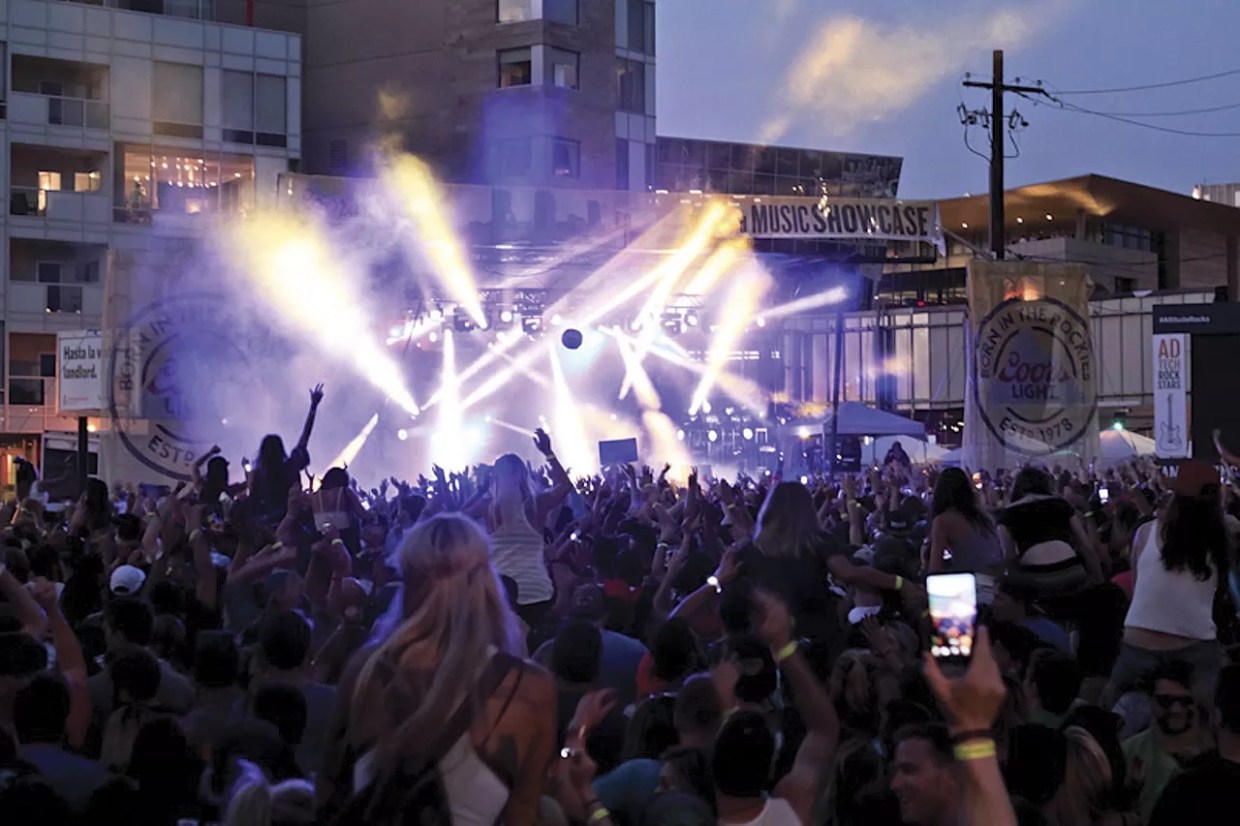Two years from the day I belted out Taylor Swift songs at a concert where the singer sashayed across the stage of the 56,000-seat Levi’s Stadium in Santa Clara, she won a countersuit for sexual assault. It was August 14, 2017. I was in the courtroom. At the 1989 tour stop, Swift was in full pop-goddess mode, wearing a glittery crop top, her face magnified on a screen so fans like me could see her sing and strut amidst a sea of male backup dancers even from the back of the football stadium. But twenty feet from me on the eighth floor of a Denver federal courthouse, hand on her mother’s as she awaited the verdict, Swift was simply a woman in the all-too-common position of waiting for someone to take her at her word that a man had touched her body without her consent. And for a scary half-second, I was afraid that, despite a clear case argued by a high-powered legal team and backed by both witnesses and photographic evidence, the answer would be no.


